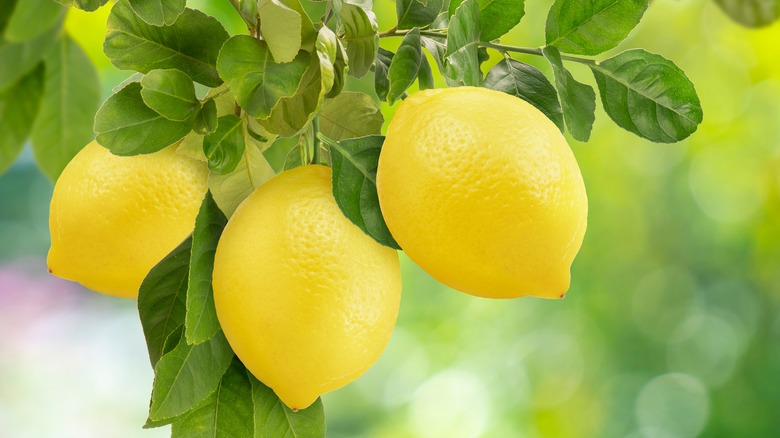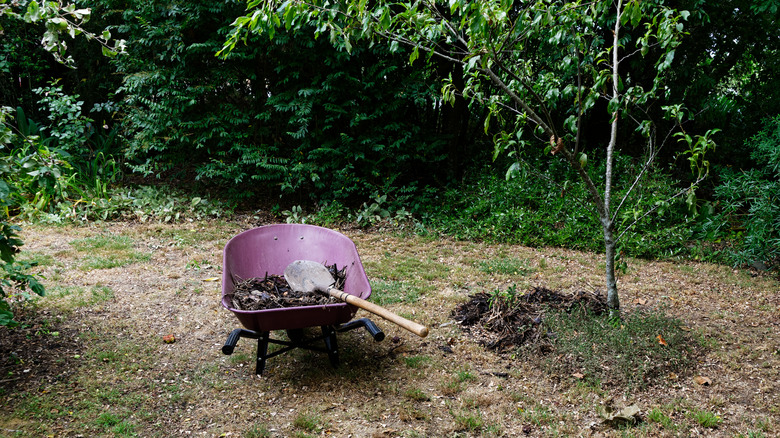The Soil Mistake That's Hindering Your Fruit Tree Harvest
You've nurtured your lemon tree all year. Now, it's setting flowers, and you're drooling over dreams of zesty lemons. But the flowers start to fall before they're pollinated. What's more, your tree is looking lackluster. Why do the lemons from my fruit tree taste bad? you wonder. Check the ground directly around your tree. Is the soil bare, left to fend for itself against the elements? Are you constantly digging around it, damaging the roots? Not covering this area with mulch is where you might be going wrong in your endeavor to grow your own fruit.
In a forest, leaves, fallen branches, and dead plants collect on the ground, forming a layer of leaf litter or mulch. Without this layer, water evaporates from the soil before it can be absorbed by tree roots. Rain drums onto the bare soil, eroding it prematurely. The natural organic cover — or mulch — insulates the ground from temperature extremes and creates the perfect habitat for beneficial organisms to thrive. Just as trees in a forest need this protection, so do your fruit trees. In the orchard or home garden, mulching has added benefits, such as providing a slow release of much-needed nutrients and reducing weed growth. "Mulching frequently leads to improved tree performance and increased soil quality," a 2009 paper on orchard management needs, published in the International Journal of Fruit Science, confirms.
How to mulch
A mulch can be as simple as laying tree trimmings around a trunk and squishing fallen, inedible fruit into the soil to take advantage of their nutrients. Other ways to make your own mulch include collecting fall leaves, shredding paper, or composting. If you prefer to buy mulch, the options are almost endless – pine needles, pine or hardwood bark, wood chips, and even gravel or manmade materials like landscape fabric. Lowe's sells 2 cubic feet of natural decorative bark for $16.88. Cover 240 square feet of bare ground in pine needles for $129.99 from USA Pinestraw. Another popular option is to protect bare soil with living plants, known as green manure.
If there's grass covering the ground below your fruit tree, remove it. Spread compost around the base of the tree, followed by your homemade or store-bought mulch. Aim for a layer about 4 inches thick and 13 square feet wide. Leave a gap between the tree trunk and mulch layer; it should look like a donut, as damp mulch against a tree trunk can damage it, leading to illness from mold and insect attack or even death. Mulching should be done in fall or winter — if you prune your tree, incorporate the cuttings into your mulch layer. Re-do the layer at least annually, and always mulch the base of a new sapling at the time of planting.

